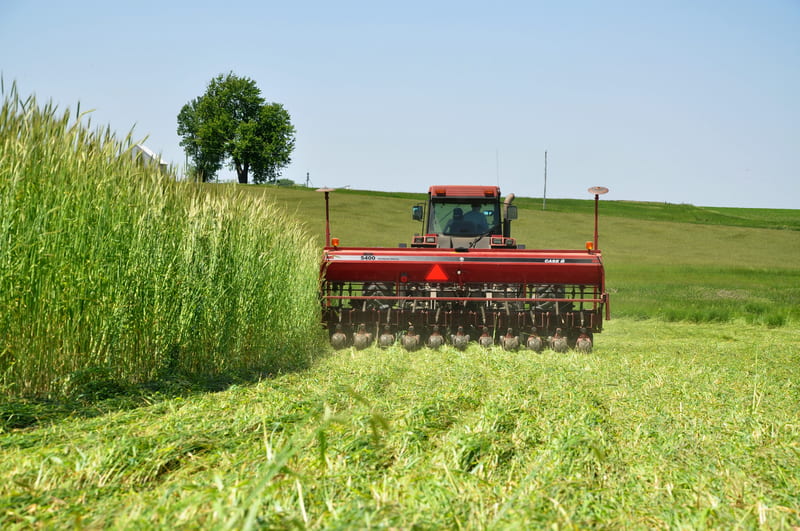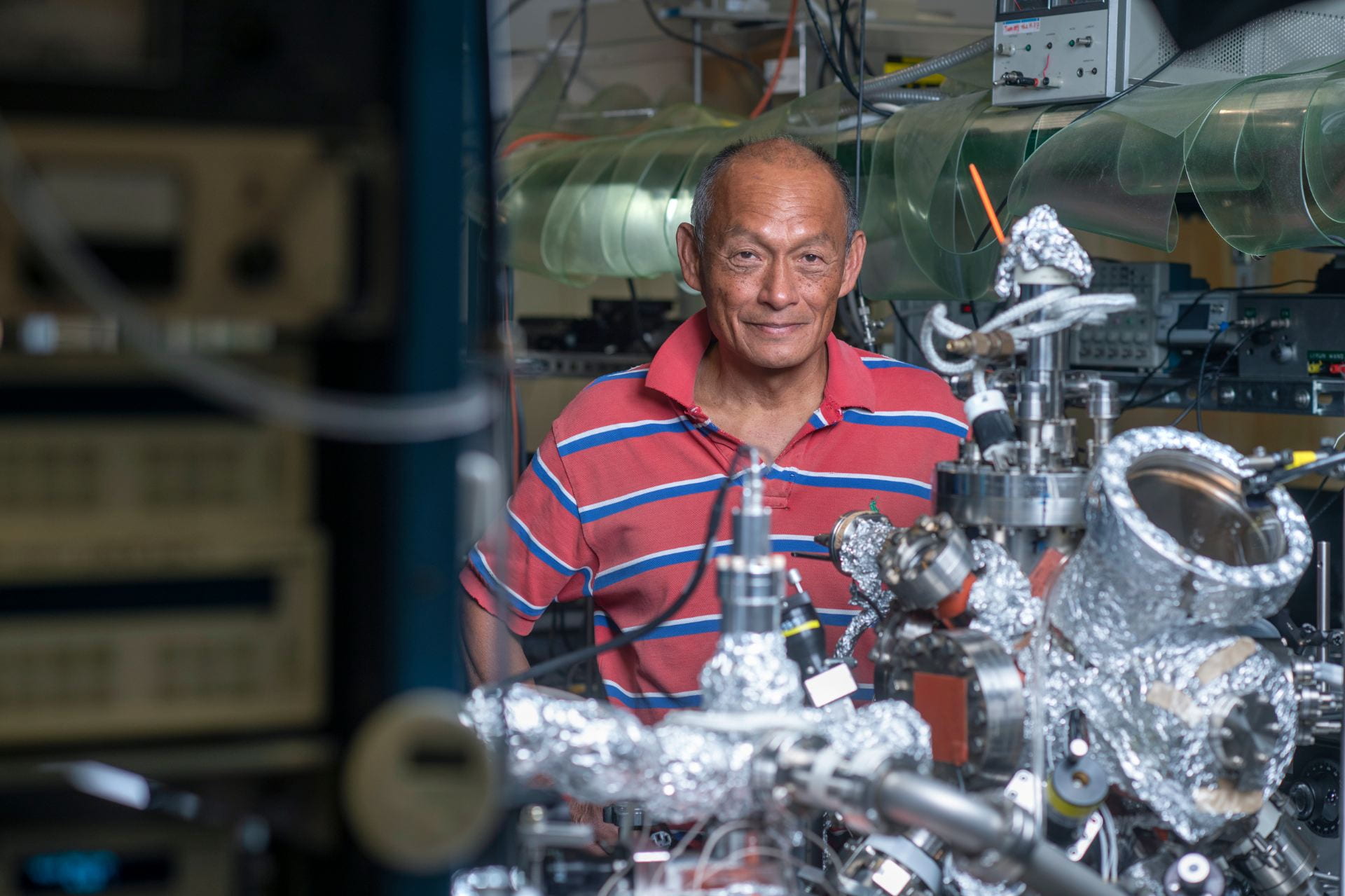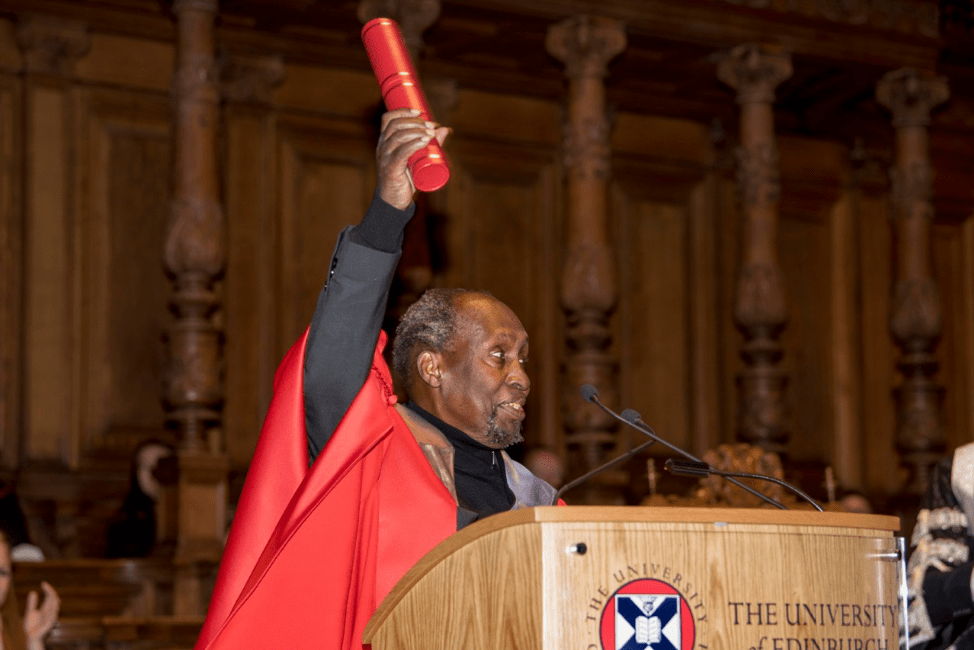UCI researchers part of federally funded effort to boost broadband connectivity in rural US

UCI electrical engineering and computer science researchers are part of a rural wireless connectivity research project that recently received $8 million from the National Science Foundation and the U.S. Department of Agriculture. The funds will help the Platforms for Advanced Wireless Research program establish a new facility in central Iowa dedicated to driving innovation and improving broadband connectivity in sparsely inhabited regions of the U.S. Systems working group principal investigator Ozdal Boyraz, UCI professor of electrical engineering and computer science, will lead a team focusing on free-space optical backbone technologies associated with the initiative. FSO uses infrared laser beams to transmit digital data – including internet messages, video, computer files and radio signals – across vast distances without using fiber-optic cables. “It would be cost-prohibitive to hard-wire every location in the nation’s vast rural regions with broadband fiber, so one solution is to use line-of-sight light beam transmitters and receivers to cover the territory,” Boyraz said. “The challenge for our team is to develop technologies that are robust and highly reliable.” Academic researchers in the Iowa hub, called ARA: Wireless Living Lab for Smart and Connected Rural Communities, will work with representatives from an industry consortium of 35 wireless companies to build a programmable infrastructure across Iowa State University, the city of Ames, and nearby farms and communities. The systems will provide a technological backbone for precision agriculture and livestock operations and, potentially, autonomous vehicles and drones. Said Boyraz: “This project aims to improve the quality of life in rural America through better internet access, benefiting sectors as diverse as agriculture, business, healthcare, education and culture.”


